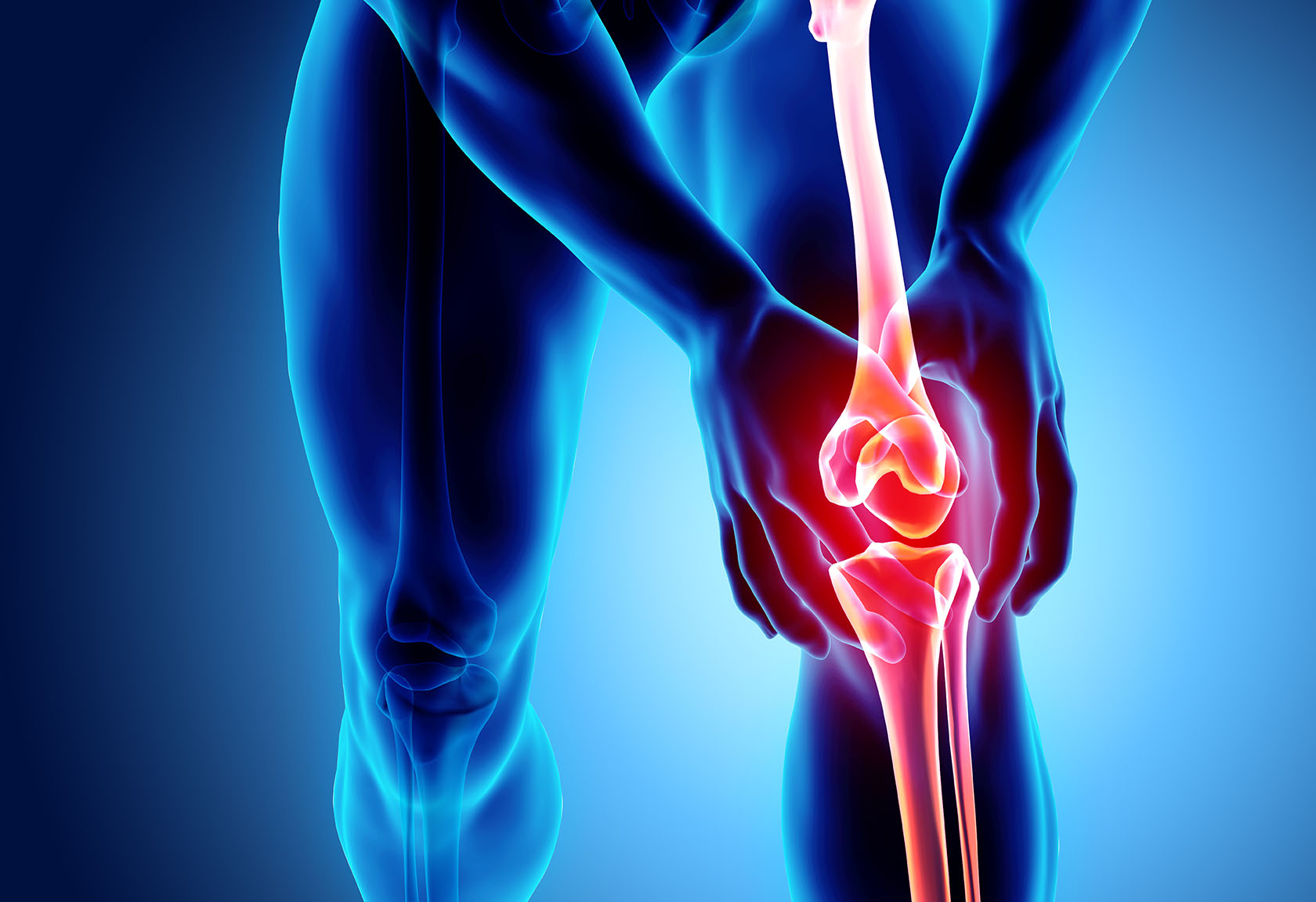
< Back
knees
Definition
The knee is a complex joint that connects the thighbone (femur) to the shinbone (tibia) and the patella (kneecap). It is a hinge joint, which means that it can only bend and straighten. The knee is very important for walking, running, and jumping.
The knee is made up of several bones, ligaments, tendons, and muscles. The bones of the knee are the femur, tibia, and patella. The ligaments of the knee are responsible for holding the bones in place. The tendons of the knee connect the muscles to the bones. The muscles of the knee are responsible for moving the joint.
How can the word be used?
The water was knee-deep.

Different forms of the word
Noun: The knee is the joint in the human leg that connects the thigh with the shin. It is a modified hinge joint, which allows for flexion and extension, as well as slight internal and external rotation.
Verb: To kneel is to bend one or both knees to the ground. It is often done as a gesture of respect or submission.
Adjective: Knee-high is an adjective that describes something that reaches to the knees.
Adverb: Knee-deep is an adverb that describes something that is covered by water or other liquid up to the knees.
Etymology
The word "knee" comes from the Old English word "cnēo", which also means "knee". The Old English word "cnēo" is thought to be derived from the Proto-Germanic word *kneu, which also means "knee".
The Proto-Germanic word *kneu is thought to be ultimately derived from the Proto-Indo-European root *genu-, which means "knee" or "angle". This root is also the source of the Latin word genu, the Greek word γόνυ (gónu), and the Sanskrit word जानु (jānu).
Question
Where are your knees?
AQA Science Exam Question and Answer
Question:
Describe the structure and function of the human knee joint. Explain how its design and components allow for both stability and flexibility in movement.
Answer:
The human knee joint is a complex structure that plays a crucial role in supporting body weight, facilitating movement, and providing stability. It is a hinge joint formed by the articulation of three bones: the femur (thigh bone), tibia (shin bone), and patella (kneecap). Ligaments, tendons, and muscles work together to create a highly adaptable joint.
The knee's design allows for both stability and flexibility. The rounded ends of the femur and tibia, along with the cartilage-covered surfaces, provide a smooth gliding motion during flexion (bending) and extension (straightening) of the leg. Ligaments like the anterior and posterior cruciate ligaments and the medial and lateral collateral ligaments add stability by preventing excessive movement in various directions.
The menisci, two C-shaped wedges of cartilage, sit between the femur and tibia. They absorb shock and distribute forces, aiding in load-bearing activities. Muscles such as the quadriceps and hamstrings generate the necessary force for movement while stabilizing the joint.
While the knee's design allows for remarkable mobility, it is also prone to injuries due to its intricate structure and heavy load-bearing function. Common injuries include ligament tears and meniscal damage. Understanding the knee's anatomy and biomechanics is vital for preventing and treating such injuries, and it underscores the importance of maintaining a balance between flexibility and stability in this crucial joint.